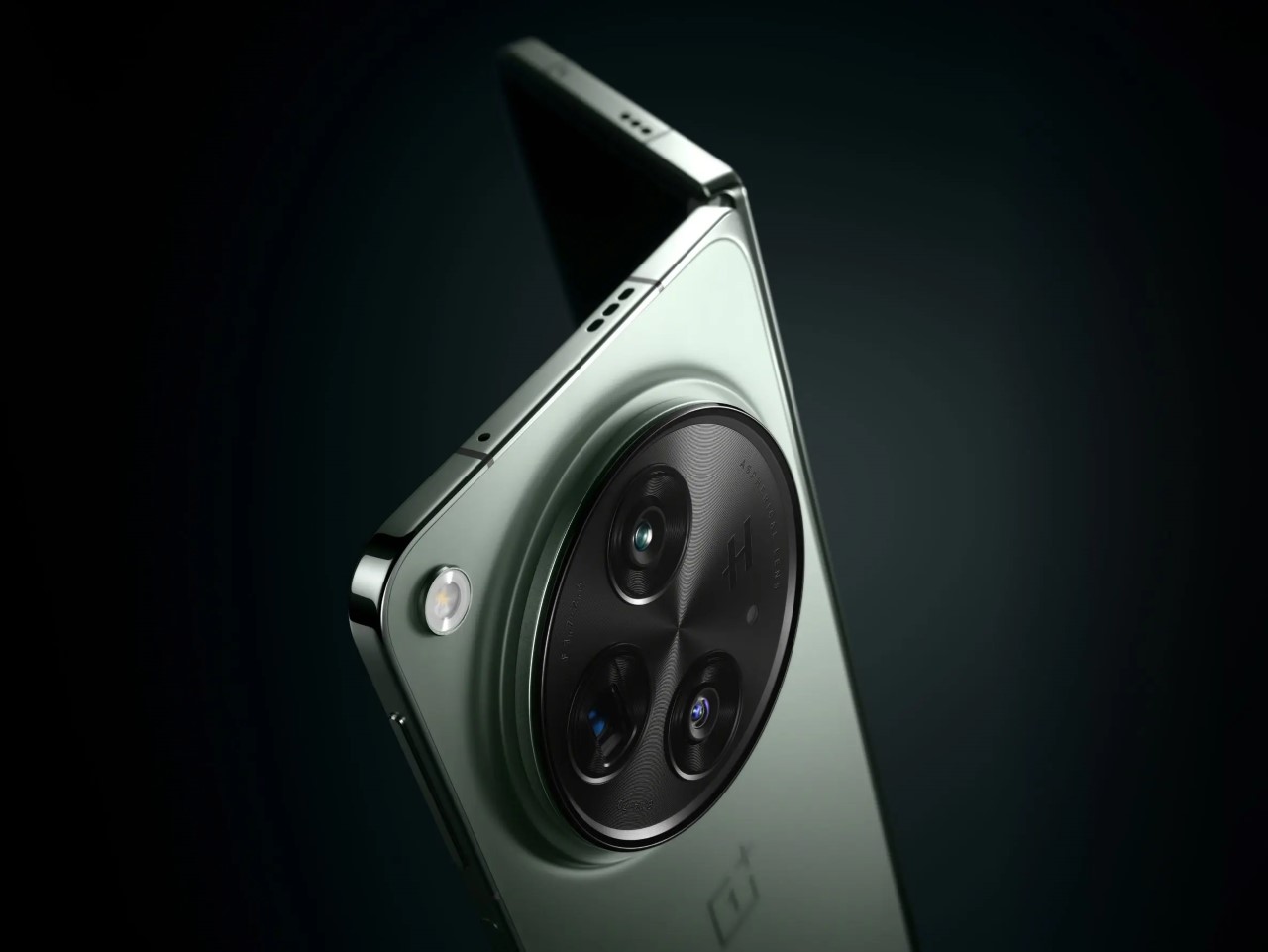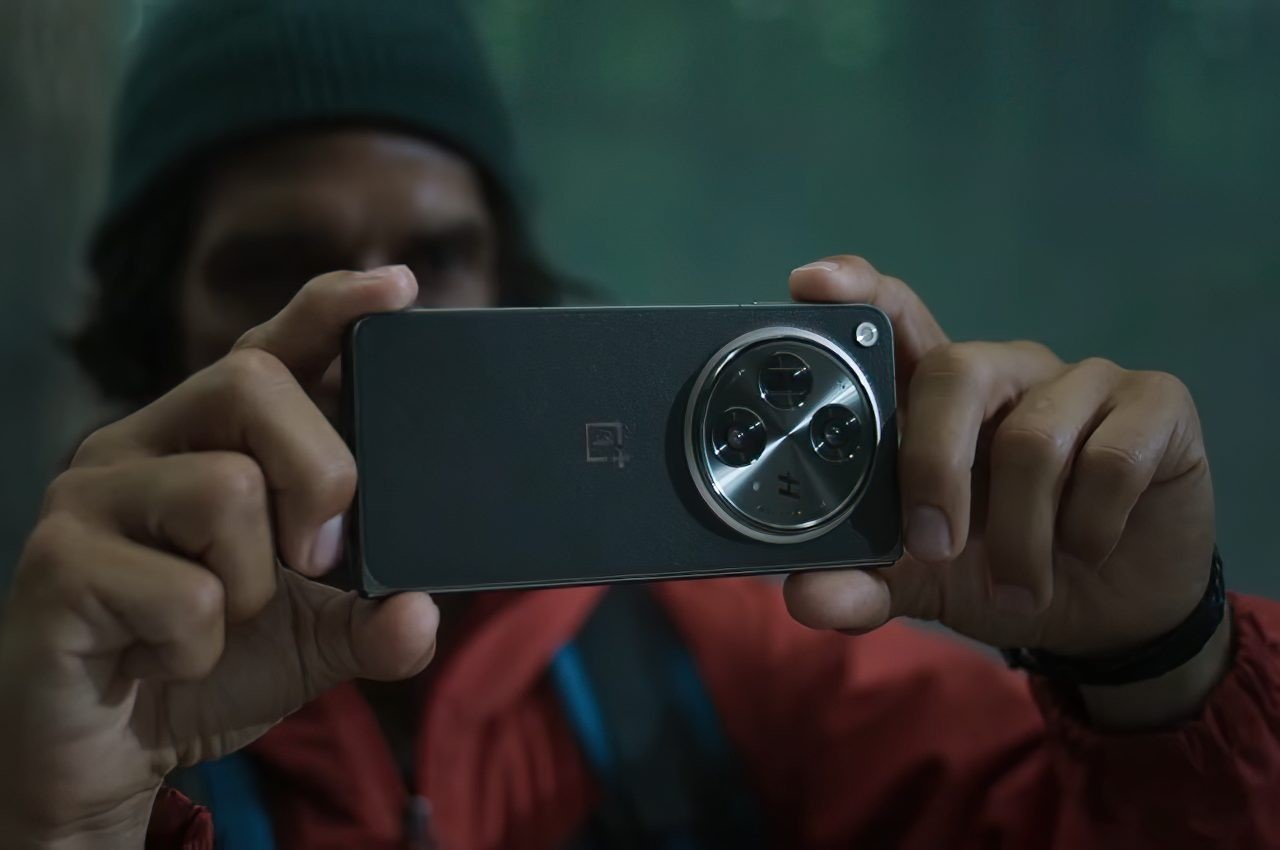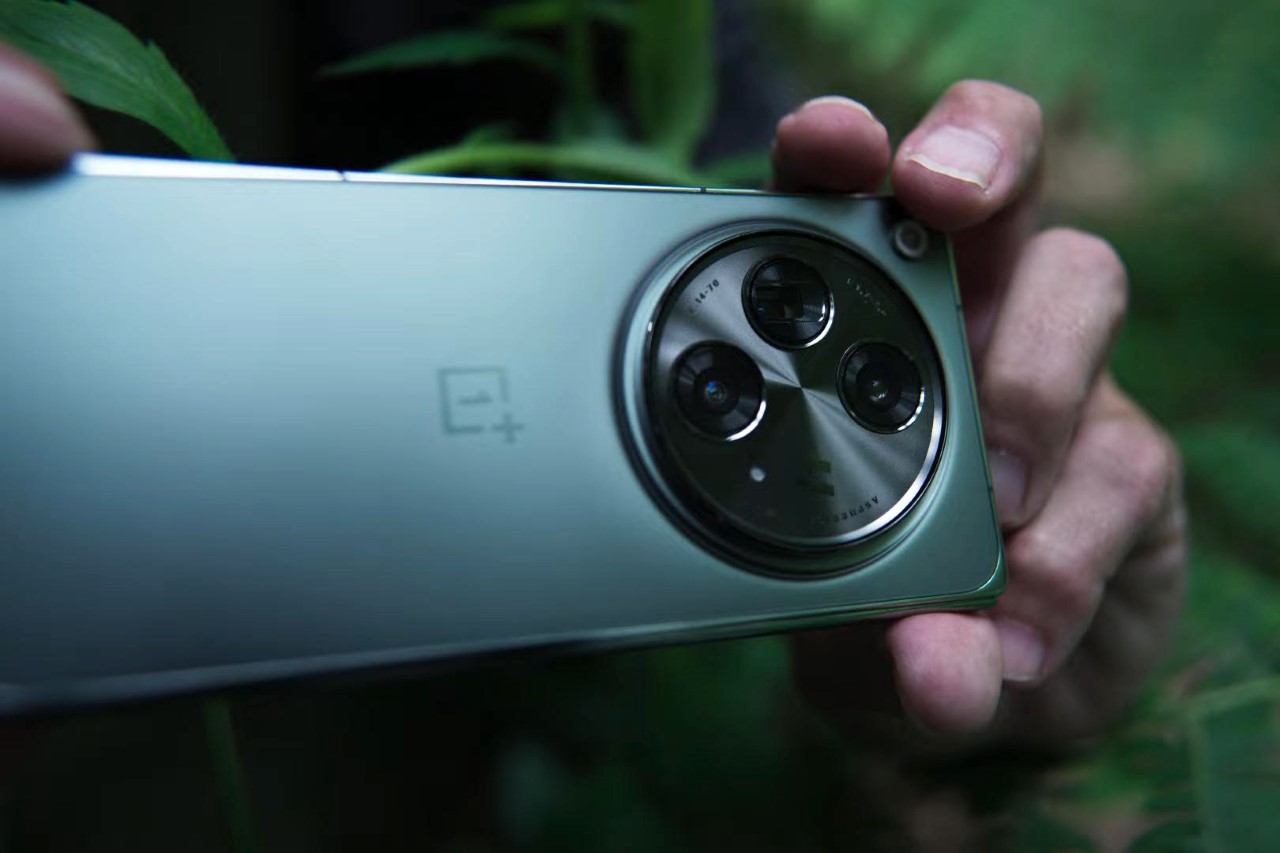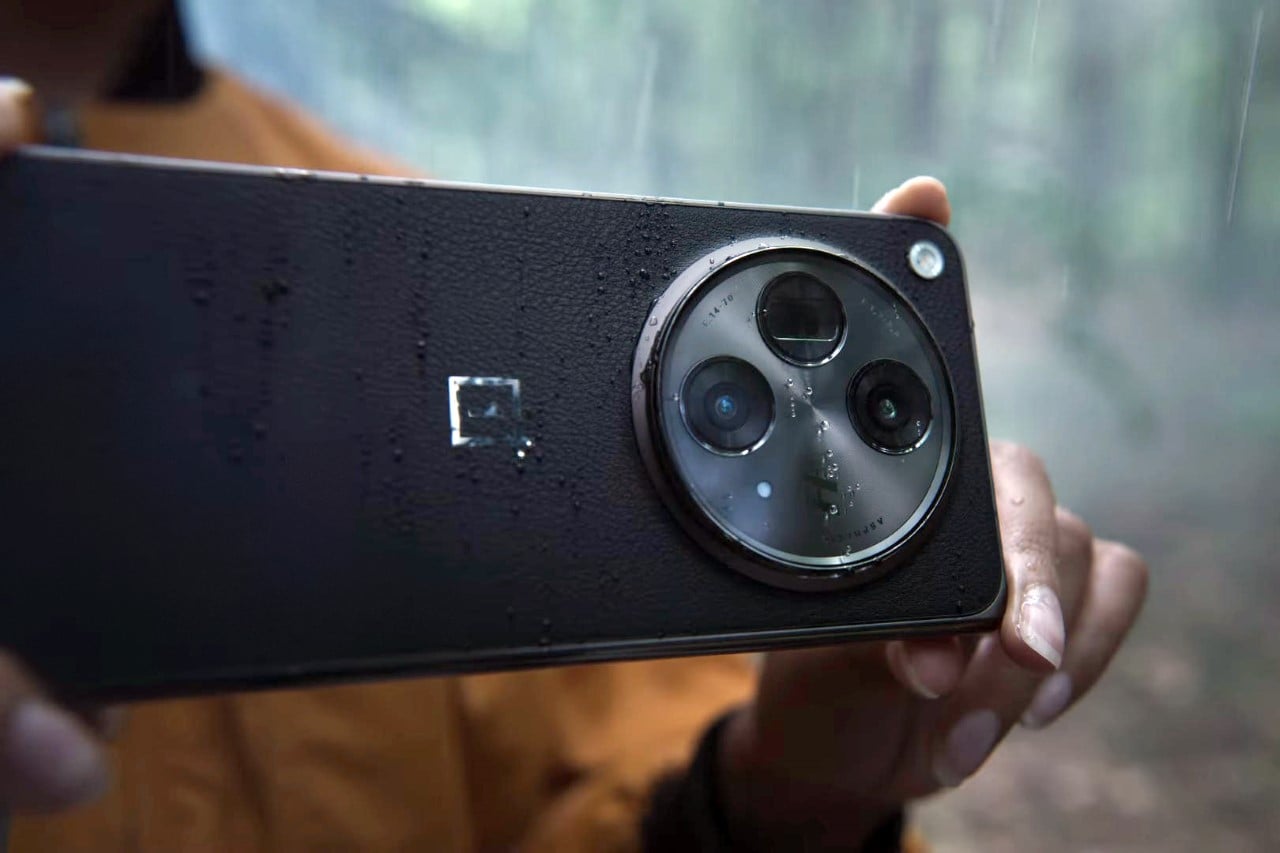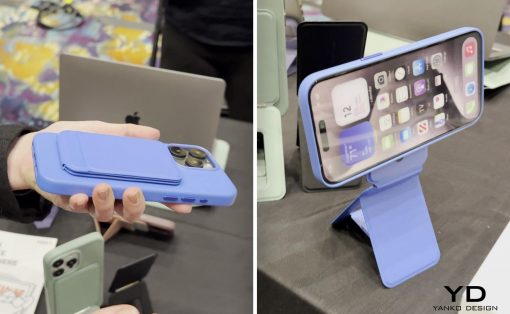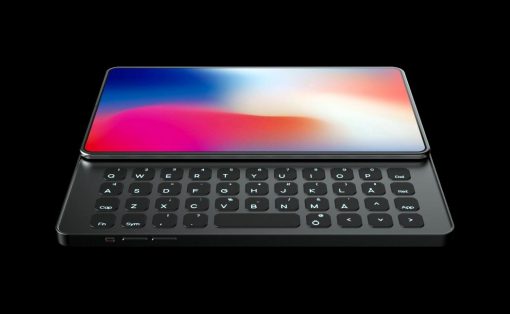Samsung’s still stuck with the foldable format. Oppo, Vivo, and Xiaomi have limited themselves to an Asia-exclusive audience… and Google mentioned NOTHING about the Pixel Fold’s sales, hinting at disappointment. So did the OnePlus Open arrive at the perfect time to reinvigorate foldable sales the way Apple’s Vision Pro reinvigorated the metaverse? Or is the OnePlus Open a little too late to a rather lackluster party that Samsung’s been trying to throw since 2019? My gut tells me it’s the latter.
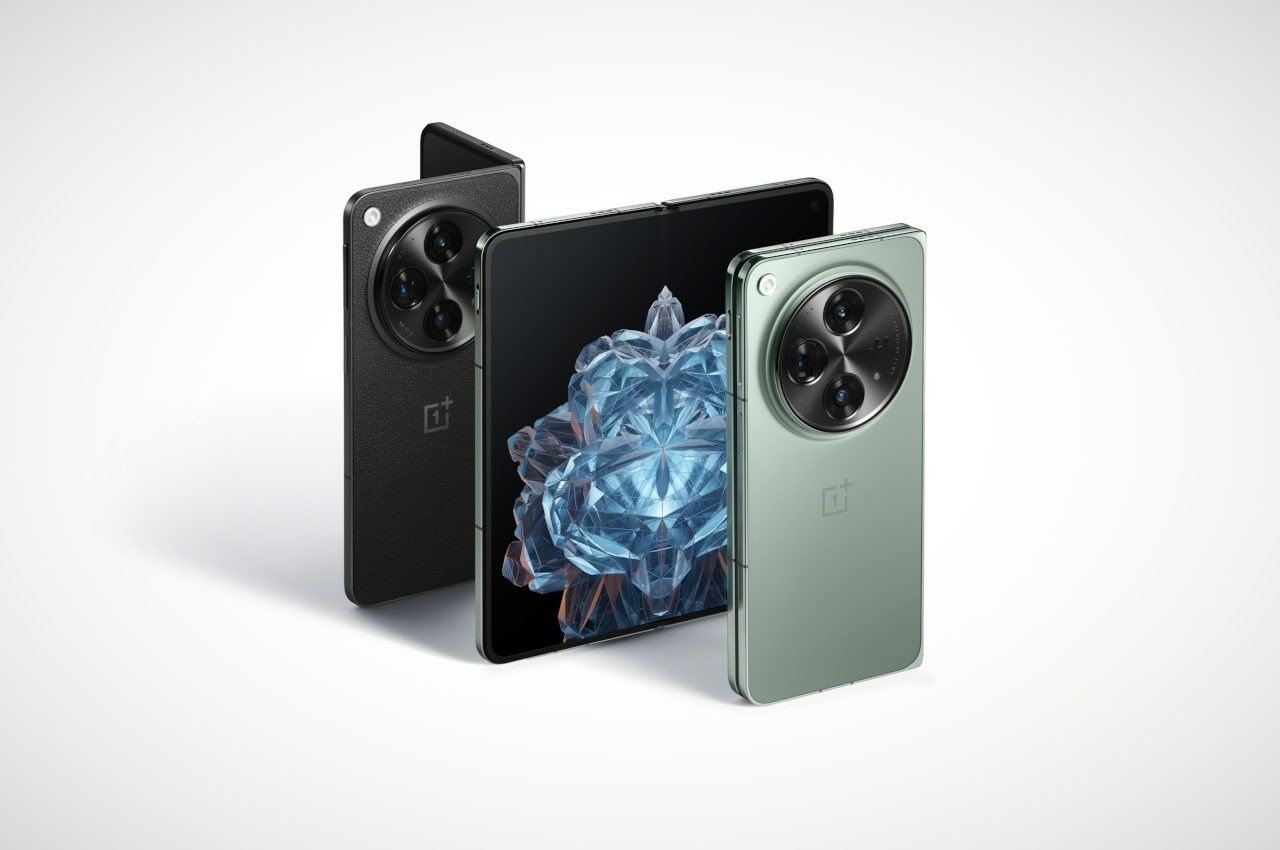
All Foldables are the same
Speaking of 2019, I remember when Elon Musk took to the stage to reveal the Cybertruck at a Tesla event in November of the year. Just before Musk revealed the truck’s unique design, he revealed an image of four pickup trucks kept side by side with the logos removed. Musk asked the audience to look at the truck and identify which one belonged to which brand. To the untrained eye, without the logo, every truck looked the exact same. Rightfully so, Musk’s point was to highlight that within the pickup format, companies weren’t imaginative in the least. Everyone just colored within the lines, churning out trucks that had no character and that couldn’t be differentiated in a lineup. Foldable phones are seeing a similar trajectory. Apart from the fact that they bend in half, there’s really no difference between a OnePlus Open, a Pixel Fold, a Galaxy Z Fold, an Oppo Find N2, or a Huawei Mate X2. Every single phone looks the same on the front and when you open the device, and the only real difference lies in their back and how many cameras they have crammed into that bump. If you REALLY want to look for innovation, it’s probably in the way those hinges are designed or whether the phones leave a gap when they fold shut or have a clean closing seam… but otherwise, these foldables are exactly like their unfoldable counterparts.
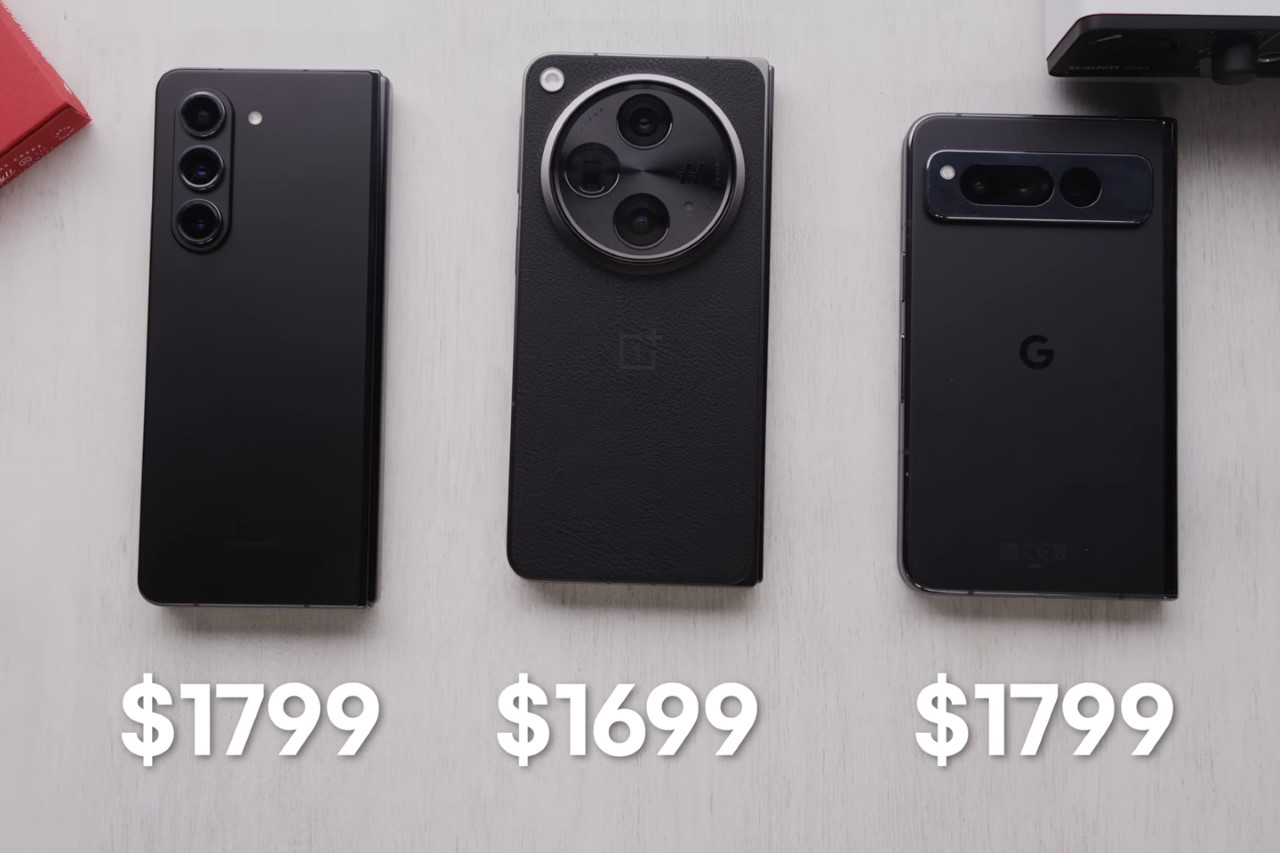
Image Credits: MKBHD
The OnePlus Open Looks Great! But…
Amid much fanfare, OnePlus released their highly anticipated Open phone today (although most people will argue it looks EXACTLY like the Oppo Find N3). For a first attempt, it’s a stellar device that has a beautifully thin design that folds shut. The bezels are practically invisible both on the outside as well as the inside, firing major shots at Google’s Pixel Fold that looks absolutely chunky and hideous in comparison, and the phone is slim when folded, but opens up to reveal a gorgeous 7.8-inch display that shows barely any crease when opened. It’s got a Hasselblad-powered camera, the latest Snapdragon 8 Gen 2 chipset, and an impressive 4805mAh battery. The software is great, with a uniquely designed interface that prioritizes power-use, allows multitasking, and has an almost laptop-style dock of apps at the bottom that you can access on demand. Heck, the alert slider is back too, making this phone a true OnePlus icon. However, there are a few rather glaring problems. The phone is quite literally a rip-off of the Oppo Find N3, which most people would have figured out considering Oppo owns OnePlus now. So if you’re looking for something absolutely refreshingly different, this really isn’t it. The phone also skips wireless charging in a strange turn of events, and has a starting price of $1700, making it eye-wateringly expensive considering you could get a GOOD flagship phone for half that price. The overarching problem, however, is that if you view OnePlus’ own teaser from last week, it’s a vague message AT BEST. The teaser talks about how life bends you, and how your phone should bend too. It vaguely rants about “opening to new possibilities” and ties it to OnePlus’ “Never Settle” tagline. Sure, one could argue that it’s just a teaser, but what it’s teasing isn’t new. The OnePlus Open is great on paper, but it makes absolutely no compelling case for why you should buy it over any other foldable, or even any other regular non-folding flagship with a big screen, good battery, and a great camera.
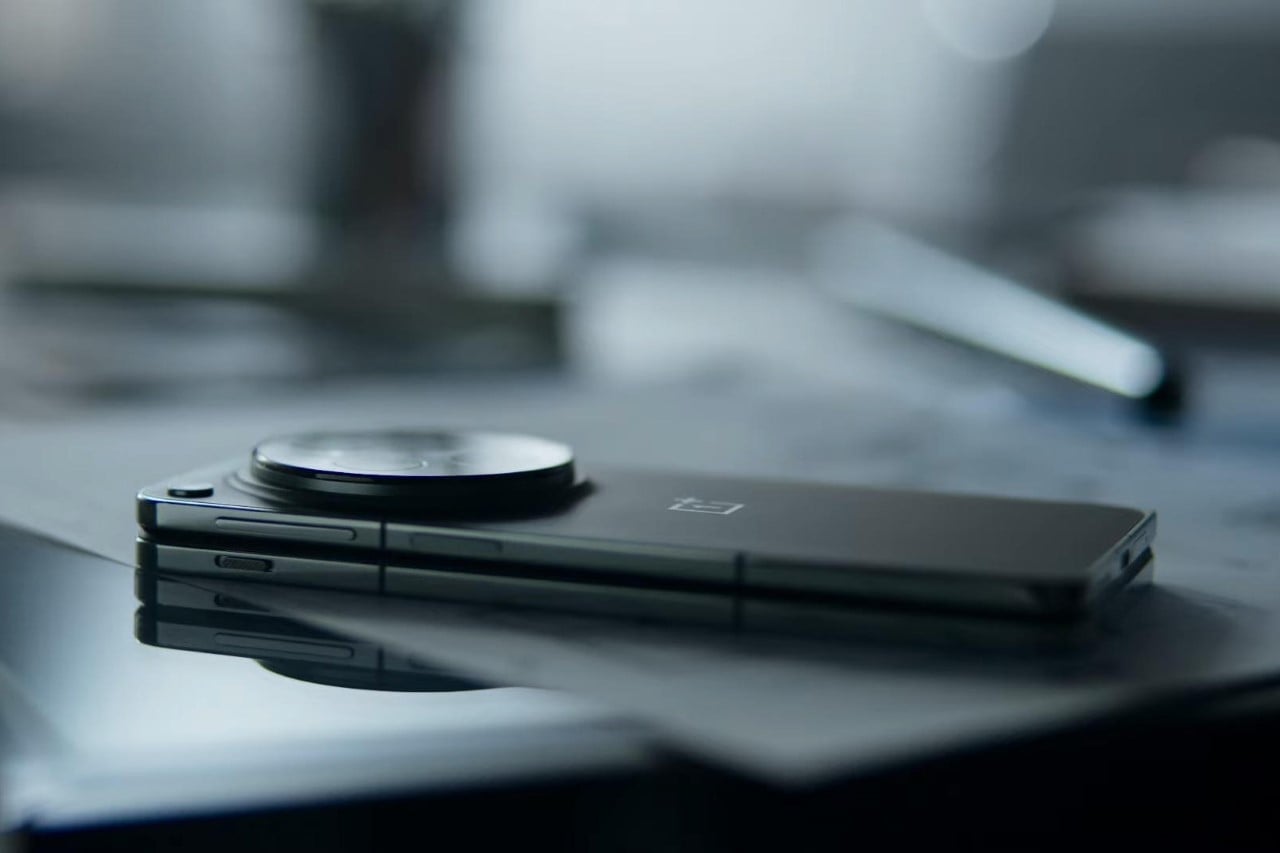
Consumers aren’t asking for foldable phones…
The tragedy with foldables is that consumers find them interesting, but not interesting enough to buy. We love the idea of wowing at stuff, but just a small fraction of users are actually enthusiastic enough to put the money where their mouth is. The number is so small that companies don’t EVER talk about how many foldables they sold. Not to consumers, not to analysts, not even to shareholders. The reason behind this tiny number is beyond just the fact that foldable phones are more expensive than some laptops. It’s that consumers literally aren’t asking for foldables. People just want better cameras and batteries, more durable devices that last longer, and ease of repairability, whether it’s first or third-party repairs.

The Folding Screen isn’t the solution… It’s the problem
Just like consumers have ‘range anxiety’ with EVs, they have ‘bend anxiety’ with foldables. We’re a generation that puts cases on phones, applies tempered glass on screens. I’m absolutely anal about making sure my phone doesn’t see a scratch on it, so you can imagine how neurotic I’d be if I had a folding phone worth twice as much as my current device. There’s an inherent fear of accidentally shutting your phone with some dust or sand in it, or having your keys get wedged as you fold your phone shut, or just the fact that folding a display may end up damaging it (Marques Brownlee’s OnePlus Open handset showed a few dead pixels within 3 weeks). Besides, foldables don’t have one screen – they have two, so that’s double the anxiety. After all, warranties don’t cover cracked or damaged displays. Fixing the display on a foldable costs as much as buying a new flagship phone. All that being said… those concerns may be generational. Foldables could scare off our generations but could somehow appeal to younger generations who don’t look at all these as concerns but as ridiculous hypotheticals. That puts us at an interesting turning point.
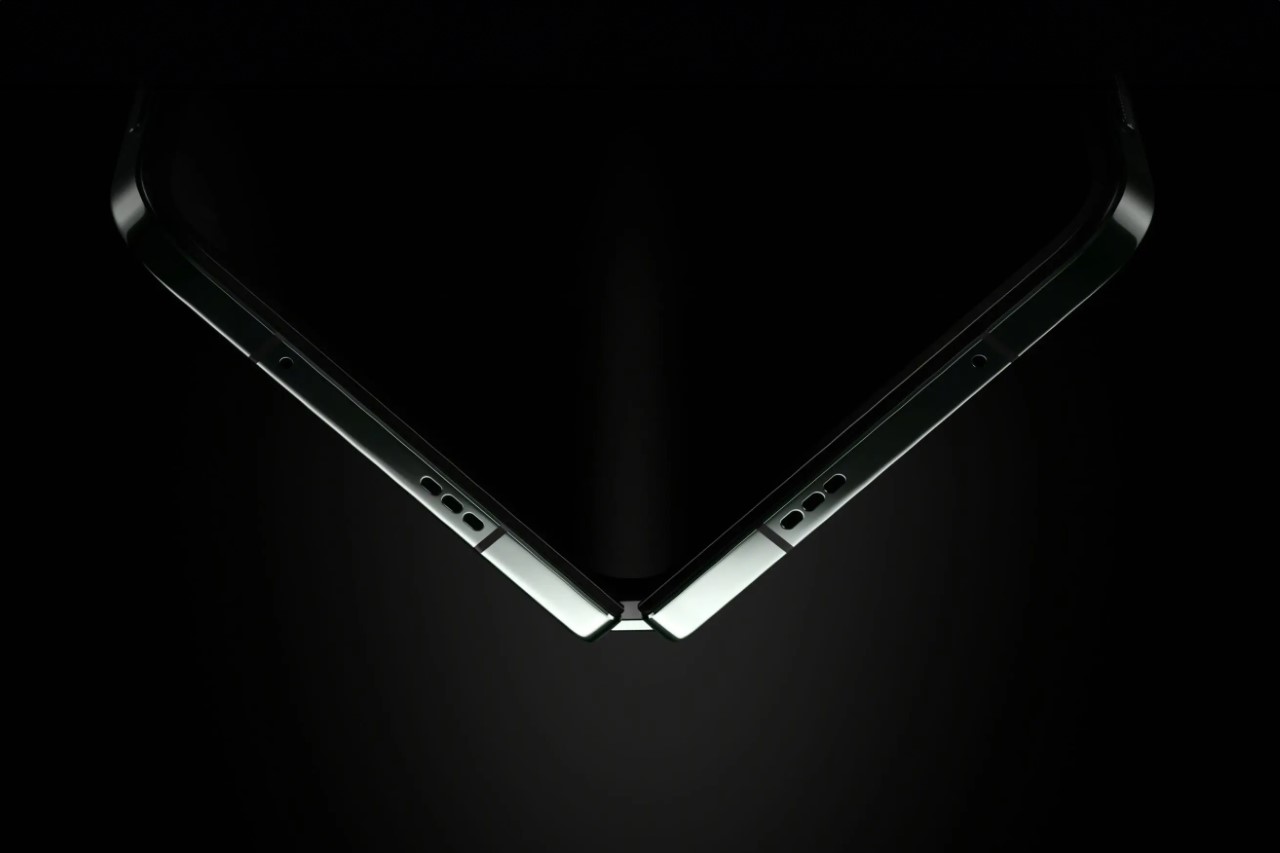
How Foldables benefit the entire Smartphone Industry
The minute you stop thinking of foldables as actual consumer gadgets and start thinking of them as R&D devices, you begin to appreciate them. First-generation foldables had horrible designs. Their bezels were unappealingly thick, the phones themselves felt incredibly chunky, the hinges made all sorts of noises, and the battery life was abysmal. Cut to nearly half a decade later and you really begin to see how far we’ve come. Newer foldables have thinner profiles, practically invisible bezels, highly engineered hinges, and split batteries that go up to 5000mAh in capacity, giving you all-day usage just like a regular phone. This innovation helps consumers in two ways – First, it carries over onto regular phones, which can now house better batteries, and which can be engineered to be more durable thanks to the material science that goes into foldables. Secondly, the ONLY way to make foldables more affordable is to make more of them. There was a time when OLED displays were terrifyingly expensive, but now even a $500 mid-range phone has an OLED display, showing how effective the economies of scale are at bringing down the cost of cutting-edge tech. If we’re on this trajectory, it wouldn’t be inconceivable to imagine a $799 foldable, which would appeal to a vast variety of users. That future, however, remains largely unknown… which is why it isn’t really easy to predict whether the OnePlus Open came too early or too late. My gut as an avid tech-lover tells me that foldables won’t die, but they’ll remain a niche. Before foldables become mainstream, we’ll move on to the next thing, which could possibly be spatial computing. In that eventuality, there won’t be much demand for a folding phone, however, folding technology will carry forward into other sectors like tablets and laptops. My gut tells me the OnePlus Open might just be a bit of a bust, but it’ll play a key role (along with other foldables) in helping spur innovation in multiple different directions.
